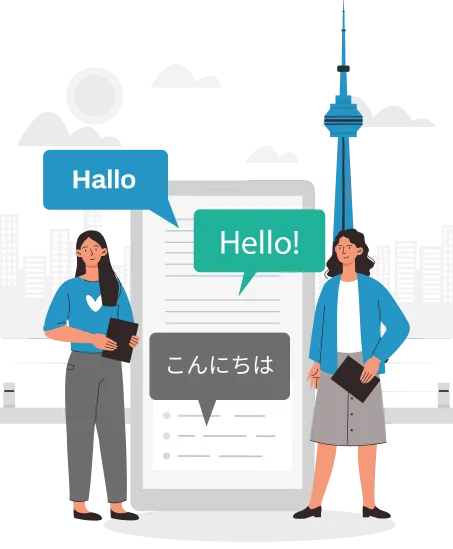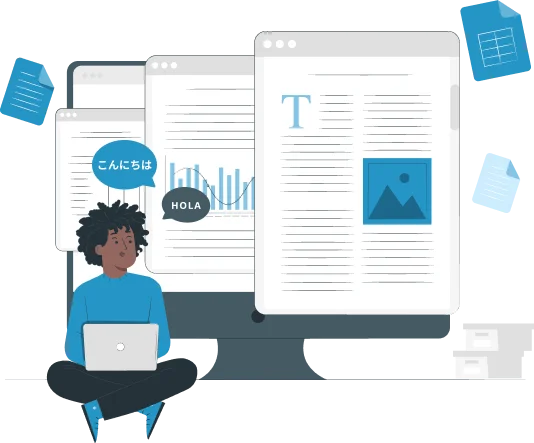Japanese Case Studies
Our Network of Japanese Translators

Yuki Tanaka
With 7 years of translating English to Japanese legal and business documents, Yuki ensures every contract, agreement, and report is perfectly clear. Known for her attention to detail, she’s a favorite among law firms.

Hiroshi Yamamoto
Hiroshi has spent 5 years translating German to Japanese technical and IT content. From complex manuals to software specs, his translations are always accurate and easy to understand, making tech communications seamless.

Mika Suzuki
With 9 years in the field, Mika specializes in marketing and creative content. She has a knack for making global campaigns resonate, translating ads, social media posts, and branding materials from Spanish to Japanese.

Kazuo Nakamura
Kazuo, with 3 years of experience, translates medical and pharmaceutical documents from Chinese to Japanese. His work on research papers, clinical trials, and product info ensures that healthcare communications are precise and reliable.
Clients Testimonials
CCJK is a reliable translation partner for legal documents. Their accurate translation of contracts and legal texts minimized our risk. They are highly dependable.
Michael Robinson, Senior Legal AdvisorCCJK has extensive experience in the gaming industry. The Japanese localization of our new game was flawless, and players loved it. They captured cultural nuances beautifully.
Sarah Kimura, Game Development LeadCCJK's Japanese translation service was outstanding. They accurately translated our medical documents, and local doctors and patients are very satisfied. Thank you for providing a reliable and timely service!
Dr. Emily Tanaka, Head of Medical AffairsOur software manual’s Japanese translation went smoothly, thanks to CCJK. Technical terms were precisely translated, and the final product was user-friendly. We’ve received excellent feedback from our customers.
John Carter, Product ManagerThanks to CCJK, our ad campaign for the Japanese market was a huge success. The translated copy and messages were culturally relevant, enhancing our brand image. We appreciate their professional and prompt service.
Alex Johnson, Marketing DirectorFAQs
frequently asked questions

Do you provide revisions for the translated content?
We prioritize content quality and client satisfaction above anything else. Projects can sometimes require adjustments based on client feedback. Our clients can contact us anytime for translation revisions to meet their goals.
Can you provide references or case studies for similar translation projects?
Yes, we can provide references and case studies for similar translation projects. Please check out this page or contact us directly, and we’ll be happy to share relevant examples that highlight our experience and success in handling projects like yours.
How do you handle confidentiality and data security?
We take proper security measures to keep our client data confidential. All the translators involved are required to sign an NDA before working on your project. We use secure methods to transfer our documents, and only authorized personnel are able to access client files.
How do you maintain language consistency in a large-scale translation project?
In order to effectively manage large-scale projects, we develop a comprehensive style guide with terminology and determine the right tone for the target audience. It reduces the chances of inconsistency and variations throughout the translation project. We also use a centralized TMS to manage people and resources, which confirms that everyone refers to the same resources and project glossaries.
Do you offer industry-specific official Japanese translation services?
Yes, we offer industry-specific Japanese translations. Our Japanese translators are experts in various fields, such as medical, legal, technical, and finance sectors. They always use industry-specific jargon and terminology to ensure your translations are accurate and consistent.
Can I discuss my translation project with someone by phone?
Yes, you can discuss your Japanese translation project related queries with our sales team and project managers on the phone.














